
Antonio Salieri was an Italian composer and teacher of the classical period. He was born in Legnago, south of Verona, in the Republic of Venice, and spent his adult life and career as a subject of the Habsburg monarchy.

The Marriage of Figaro, K. 492, is a commedia per musica in four acts composed in 1786 by Wolfgang Amadeus Mozart, with an Italian libretto written by Lorenzo Da Ponte. It premiered at the Burgtheater in Vienna on 1 May 1786. The opera's libretto is based on the 1784 stage comedy by Pierre Beaumarchais, La folle journée, ou le Mariage de Figaro. It tells how the servants Figaro and Susanna succeed in getting married, foiling the efforts of their philandering employer Count Almaviva to seduce Susanna and teaching him a lesson in fidelity.
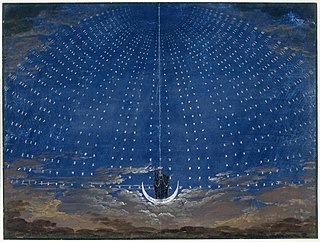
The Magic Flute, K. 620, is an opera in two acts by Wolfgang Amadeus Mozart to a German libretto by Emanuel Schikaneder. The work is in the form of a Singspiel, a popular form during the time it was written that included both singing and spoken dialogue. The work premiered on 30 September 1791 at Schikaneder's theatre, the Freihaus-Theater auf der Wieden in Vienna, just two months before the composer's premature death. Still a staple of the opera repertory, its popularity was reflected by two immediate sequels, Peter Winter's Das Labyrinth oder Der Kampf mit den Elementen. Der Zauberflöte zweyter Theil (1798) and a fragmentary libretto by Johann Wolfgang von Goethe titled The Magic Flute Part Two.

Così fan tutte, ossia La scuola degli amanti, K. 588, is an opera buffa in two acts by Wolfgang Amadeus Mozart. It was first performed on 26 January 1790 at the Burgtheater in Vienna, Austria. The libretto was written by Lorenzo Da Ponte who also wrote Le nozze di Figaro and Don Giovanni.

La clemenza di Tito, K. 621, is an opera seria in two acts composed by Wolfgang Amadeus Mozart to an Italian libretto by Caterino Mazzolà, after Pietro Metastasio. Mozart began the work while he was finishing Die Zauberflöte, the last of his principal operas. La clemenza di Tito premiered on 6 September 1791 at the Estates Theatre in Prague.
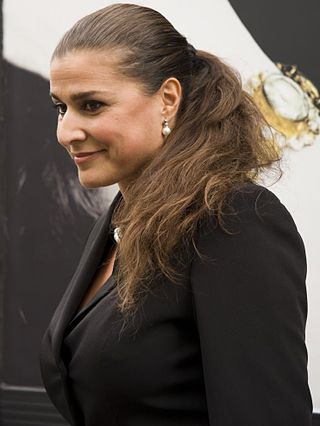
Cecilia BartoliOMRI is an Italian coloratura mezzo-soprano opera singer and recitalist. She is best known for her interpretations of the music of Bellini, Handel, Mozart, Rossini and Vivaldi, as well as for her performances of lesser-known music from the Baroque and Classical period. She is known for singing both soprano and mezzo roles.

Helen Jeanette Donath is an American soprano with a career spanning fifty years.
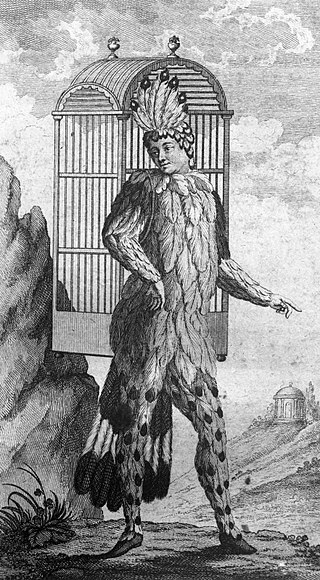
Emanuel Schikaneder was a German impresario, dramatist, actor, singer, and composer. He wrote the libretto of Wolfgang Amadeus Mozart's opera The Magic Flute and was the builder of the Theater an der Wien. Peter Branscombe called him "one of the most talented theatre men of his era". Aside from Mozart, he worked with Salieri, Haydn and Beethoven.
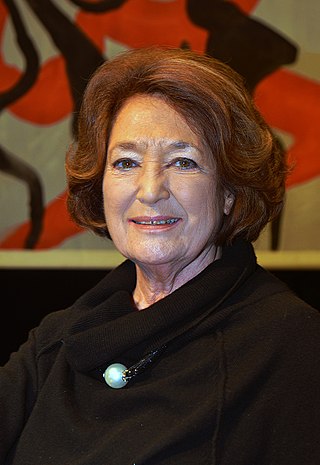
Edda Moser is a German operatic soprano. She was particularly well known for her interpretations of music by Mozart. Her 1973 recital LP Virtuose Arien von W.A. Mozart received the Grand Prix du Disque.

Anja Silja Regina Langwagen is a German soprano singer.

Gianluigi Gelmetti OMRI, was an Italian-Monégasque conductor and composer.
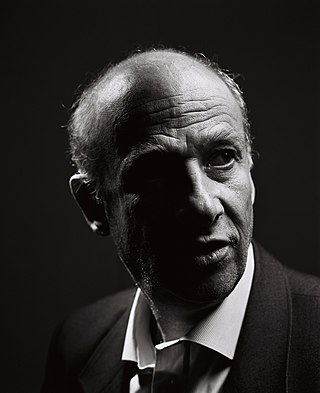
Luc Bondy was a Swiss theatre and film director.

"Dove sono" is an aria in Italian for lyric soprano from the third act of Mozart's 1786 opera Le nozze di Figaro. Countess Almaviva laments, in an initial recitative, that her husband has become a philanderer, and that she must rely on assistance from her maid to manipulate him. In the aria, she calmly remembers moments of love, and hopes, with increasing agitation, that her persistence may make him love her again. It is frequently performed in recitals and featured in anthologies of vocal music for lyric soprano.

L'amore innocente composed by Antonio Salieri (1750–1825), is an Italian-language opera in two acts. Stylistically, it is a pastoral opera and is very similar to the mid-18th-century Roman Intermezzo. The libretto was written by Giovanni Gastone Boccherini, dancer, poet and stage manager, brother of the composer Luigi Boccherini.
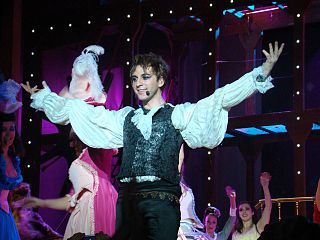
Mozart, l'opéra rock is a French musical with music by Dove Attia, Jean-Pierre Pilot, Olivier Schultheis, William Rousseau, Nicolas Luciani, Rodrigue Janois and François Castello, lyrics by Vincent Baguian and Patrice Guirao and a book by Attia and François Chouquet. The show is a dramatization of the life of Wolfgang Amadeus Mozart beginning from the age of 17 and culminating with his death in 1791 at the age of 35. It uses both original pop-rock compositions as well as pre-existing music composed by Mozart and other composers, including Antonio Salieri.
"Popoli di Tessaglia! – Io non chiedo, eterni Dei" (K. 316/300b) is a recitative and aria for soprano and orchestra that Wolfgang Amadeus Mozart wrote for Aloysia Weber. It is famous for including two occurrences of a G6, i.e. the G above high C, or 1568 Hz by modern concert pitch – according to the Guinness Book of Records, the highest musical note ever scored for the human voice. (However, an A6 is scored in Ignaz Umlauf's Das Irrlicht, also sung by Aloysia Weber.)

Don Chisciotte alle nozze di Gamace, composed by Antonio Salieri, is an Italian-language opera. The libretto presents the opera as in one act, and the musical score includes a mid-point division, both score, and libretto originally denoted the work a divertimento treatrale. The libretto was written by Giovanni Gastone Boccherini, dancer, poet and stage manager, brother of the composer Luigi Boccherini. The work is loosely adapted from chapters 19 and 21 of Part II of the novel Don Quixote by Miguel de Cervantes. The work was a hybrid opera buffa and ballet, with choreography by Jean-Georges Noverre.
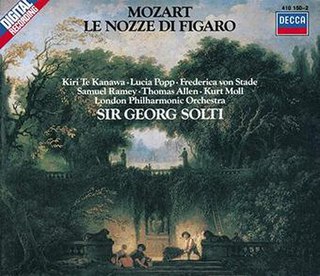
Le nozze di Figaro is a 168-minute studio recording of Wolfgang Amadeus Mozart's opera of the same name, performed by a cast of singers headed by Sir Thomas Allen, Jane Berbié, Yvonne Kenny, Philip Langridge, Kurt Moll, Lucia Popp, Samuel Ramey, Frederica von Stade, Robert Tear and Dame Kiri Te Kanawa with the London Philharmonic Orchestra under the direction of Sir Georg Solti. It was released in 1982.

Le nozze di Figaro is a 169-minute studio album of Wolfgang Amadeus Mozart's opera, performed by Christiane Barbaux, Jules Bastin, Jane Berbié, Ileana Cotrubas, José van Dam, Zoltan Kélémén, Tom Krause, Marjon Lambriks, Frederica von Stade, Anna Tomowa-Sintow and Heinz Zednik with the Chorus of the Vienna State Opera and the Vienna Philharmonic under the direction of Herbert von Karajan. It was recorded in April 1978 and released in 1979.
Wiebke Lehmkuhl is a German contralto in opera and concert who has appeared at international leading opera houses and festivals, including as Wagner's Magdalene at the Bayreuth Festival, as Erda in Paris, and as Annina at the Salzburg Festival. She was the alto soloist in Beethoven's Ninth Symphony at the 2017 opening of the Elbphilharmonie in Hamburg.


















